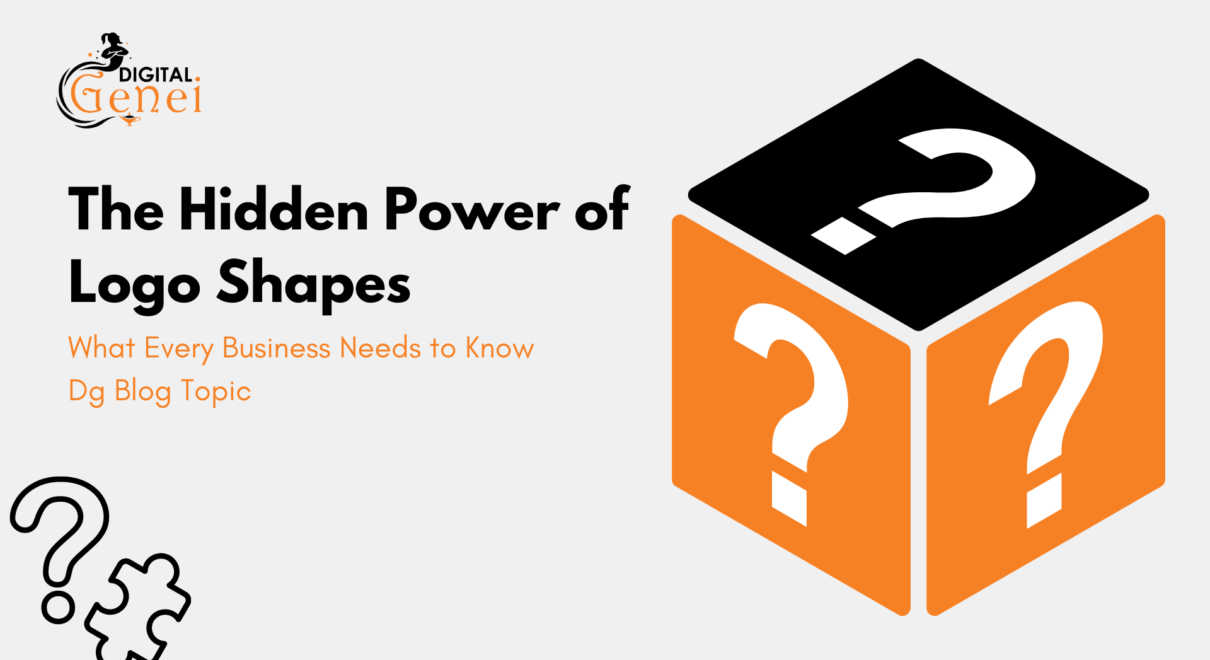Before your customers read a word, they’ve already judged your brand — by its shape.
The key component of successful, well brands is product branding. The invisible thread connecting the product, story, vision, target market, and solution is called branding.
According to 75% of customers, a company’s logo design has a big influence on how successful it is. Audiences rely on the straightforward yet crucial visual clues of a logo’s shape, color, and typography to recognize firms. Logos increase brand recognition by 80%. In this guide to logo shapes, we’ll explore why logos matter, how they affect consumer perception, and how you can choose the perfect shape to represent your brand.
1. Logo Shapes and Brand Identity:
Circle Logos
They have no beginning or end, and most people relate them to something good, like trust and a sense of connection. People most likely like curved visual things over other shapes for this reason. Companies use the beneficial properties of circles to develop logos that effectively communicate with their target market.
Google Chrome, NASA, Pepsi, BMW, and Target are just some of the brands with circular logos that look timeless.
Square And Rectangle Logos
Logos that are square or rectangular stand for credibility, dependability, security, and stability. Such shapes convey professionalism and balance, and they foster trust—a quality that is especially valuable in industries like technology, law, and finance.
American Express, Lego, and Microsoft are among the companies that use square and rectangular-based logos.
Triangle Logos
Triangles typically convey ideas of growth, action, and strength. Triangles aren’t utilized in logos a lot, though. They can be interpreted in different ways and their perception may not always align with a brand’s intended message. More widely, balance and stability are connected with shapes like rectangles and circles.
Because they promote a sense of dependability and trust, these qualities are more desired in branding and logo design. Nevertheless, several well-known businesses expertly utilize triangles in their logos. Triangles have been used by companies like Adidas, Delta, Airbnb, Mitsubishi Motors, and Google Drive to create powerful and dynamic visual identities.
Abstract and Organic Shapes
Abstract logo designs are unique, flexible, and fun to work with. In contrast to the other logo kinds we discussed earlier, abstract logos typically do not represent any particular real-life imagery or things. This characteristic usually gives abstract logos with multiple meanings.
When brands choose an abstract logo, they usually want to make their audience feel something and communicate complex messages and values to them. The goal is to do it without making people spend too much time trying to understand the meaning of a logo.
Organic logo designs reflect natural forms like leaves, flowers, waves, and animals. This gives them a warmer and softer appearance, which helps brands build an emotional bond with their target market.
2. Why Your Logo Design Matters
The foundation of your brand identity is your logo. When someone interacts with your brand, they see it at first sight. The logo’s purpose is to assist in brand identification and differentiation for your target audience. The logo is more than just an attractive image or chic layout. This is a strategic technique that promotes brand awareness. Communicate your brand’s goals and values to the public by living them. Most importantly, it highlights your brand’s distinct identity and personality from competitors.
Establishes Brand Recognition
Your brand is instantly recognizable with a logo. Repetitive exposure to a well-designed logo leads to the connection of the logo with the brand it represents. The logo contributes to the development of brand recognition since the connection grows stronger with time. The development of brand recognition is one of your logo’s main purposes. Regardless of the platform or banner, a great logo enables consumers to recognize your business right away. Your brand has a competitive advantage in the market due to this iconic level of recognition.
Creates Positive First Impressions
A brand’s logo is frequently the first thing that consumers notice when they come across it. This implies that a potential customer’s perception of a logo might be greatly influenced or not. A strong logo can inspire consumers to learn more about the company and help establish a positive first impression.
Differentiates from Competitors
In a crowded market, a logo can help a brand stand out from the competition. In a case like this, a distinctive and memorable logo can help a brand stand out and become more favored.
Another way to set your business apart from the competition is through your logo. A well-designed logo enhances how your brand communicates its beliefs, personality, and USP. A unique and attractive logo will help your business stand out from the competition in the marketplace.
3. Top Brand Logo Designing Tips
- Simplicity is Key
A simple logo is easier to recognize and more memorable. Avoid complicated designs that could be difficult for people to understand or remember.
- Timeless Design
A logo should be designed to stand the test of time. Don’t follow fads or trends that will seem outdated in a few years.
- Versatile Style
A logo should be created to work in all sizes and formats. Everywhere the logo appears, from big billboards to tiny social media symbols, it should be consistent and easy to see. Make sure it can be easily adjusted to various backgrounds and appears nice in both color and black & white.
- Consider Your Target Audience
Think about your target audience and what they will respond to. A law firm’s logo won’t look like the logo of a children’s toy company at all.
- Apply the Right Colors
Different emotions and meanings can be associated with different colors. Select colors that fit the personality and core values of your brand.
- Employ the Right Typography
Typography can also convey various messages and evoke different emotions. Select a font that is appropriate for your brand and understandable.
- Add a Personal Touch
Your logo needs to be unique from those of your competitors. Refrain from replicating or imitating other industry logos. Plagiarism may give rise to severe legal consequences.
These considerations can help you design a logo that effectively communicates your business to your target market. Connect with a website designer for small businesses to add a professional charm to your logo design.
Conclusion:
Logo shapes are more than just design elements; they’re powerful tools that can shape perceptions, communicate values, and make a lasting impression. Whether you’re building a new brand or considering a rebrand, don’t underestimate the importance of the shape in your logo design.
By understanding the psychology of shapes and how they align with your brand identity, you can create a logo that not only looks good but also resonates with your audience on a deeper level. So, next time you’re working on your logo, remember: that the shape could make or break your brand.





